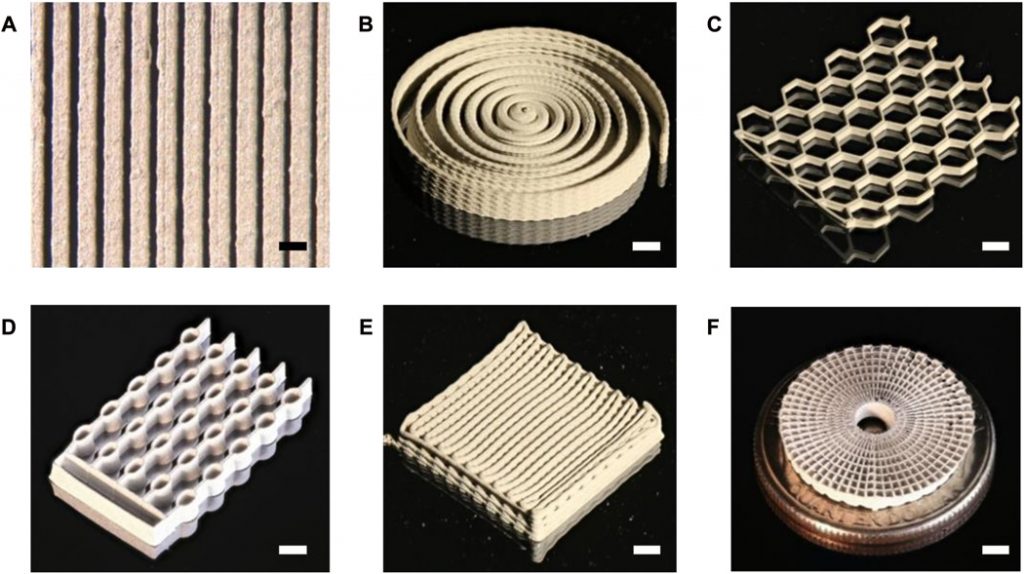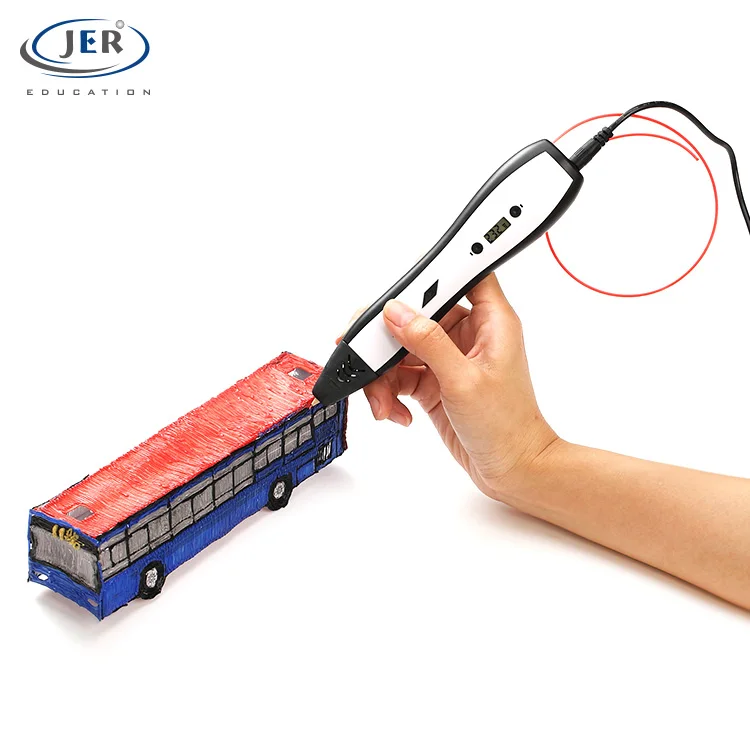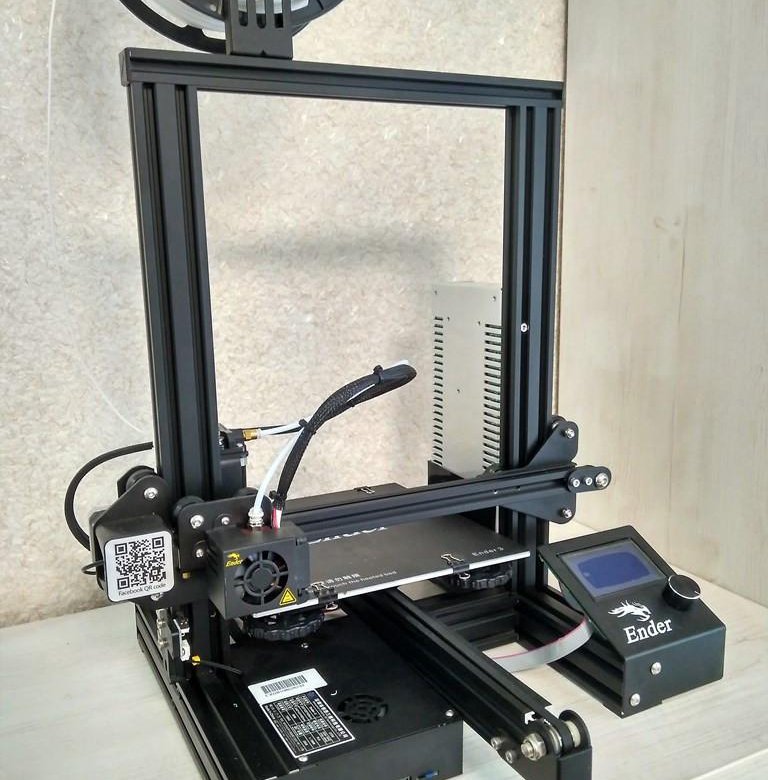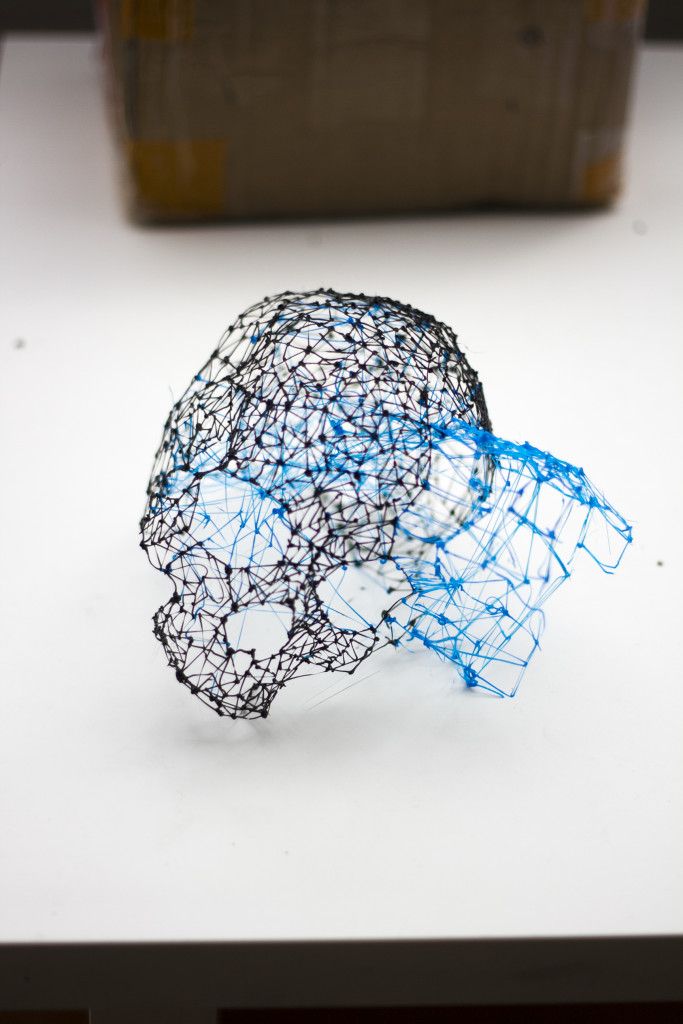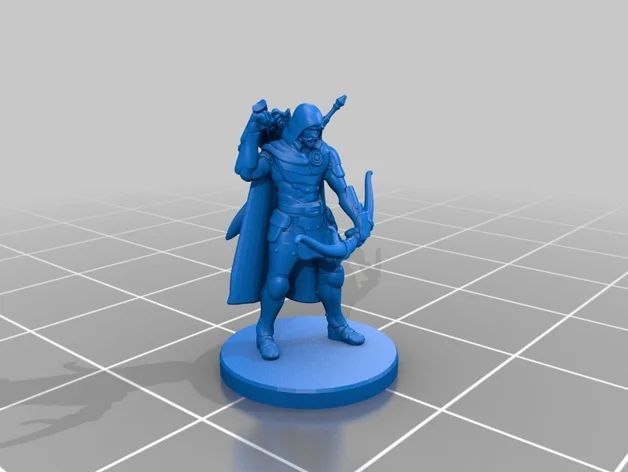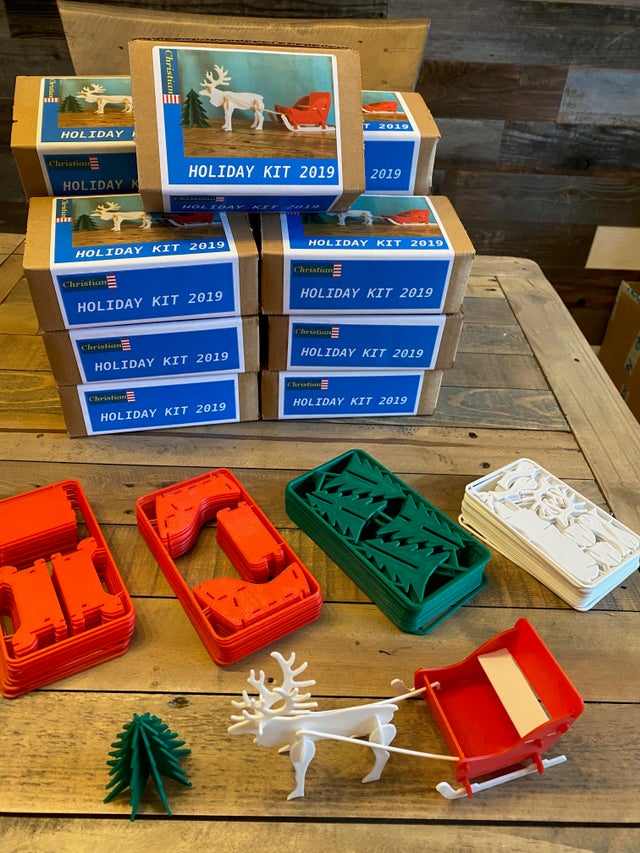Tl smoother for 3d printer
Using TL Smoothers For Better 3D Prints
- by: Sharon Lin
Some 3D printers will give you prints with surfaces resembling salmon skin – not exactly the result you want when you’re looking for a high-quality print job. On bad print jobs, you can usually notice that the surface is shaking – even on the millimeter scale, this is enough to give the print a bumpy finish and ruin the quality of the surface. TL smoothers help with evening out the signal going through stepper motors on a 3D printer, specifically the notoriously noisy DRV8825 motor drivers.
Analyzing the sine wave for the DRV8825 usually shows a stepped signal, rather than a smooth one. Newer chips such as the TMC2100, TMC2208, and TMC2130 do a much better job at providing smooth signals, as do cheaper drivers like the commonly used A4988s.
[Fugatech 3D Printing] demonstrates some prints from a D-Force Mini with an MKS Base 1. 4 smoother-based control board, which is easier to use and smarter than Marlin. On the two prints using smoothers, one uses a board with four diodes, while the other was printed with a board with eight diodes. [Mega Making] compares how the different motor drivers work and experimentally shows the stuttering across the different motors before and after connecting to the smoothers.
The yellow and pink traces are the current for each phase of the motor. The blue and green traces are the voltages on each terminal of the phase with the yellow current. [via Schrodinger Z]A common problem with DRV8825 motors is their voltage rating, which is lower than most supplies. When a 3D printer is moving slower than 100mm/min, the motor is unable to move smoothly.
[Schrodinger Z] does a bit of digging into the reason for the missing microsteps, testing out different decay modes in DRV8825s and why subharmonic oscillations occur in the signals from the motor.
The driver consequently has a “dead zone” where it is unable to produce low currents.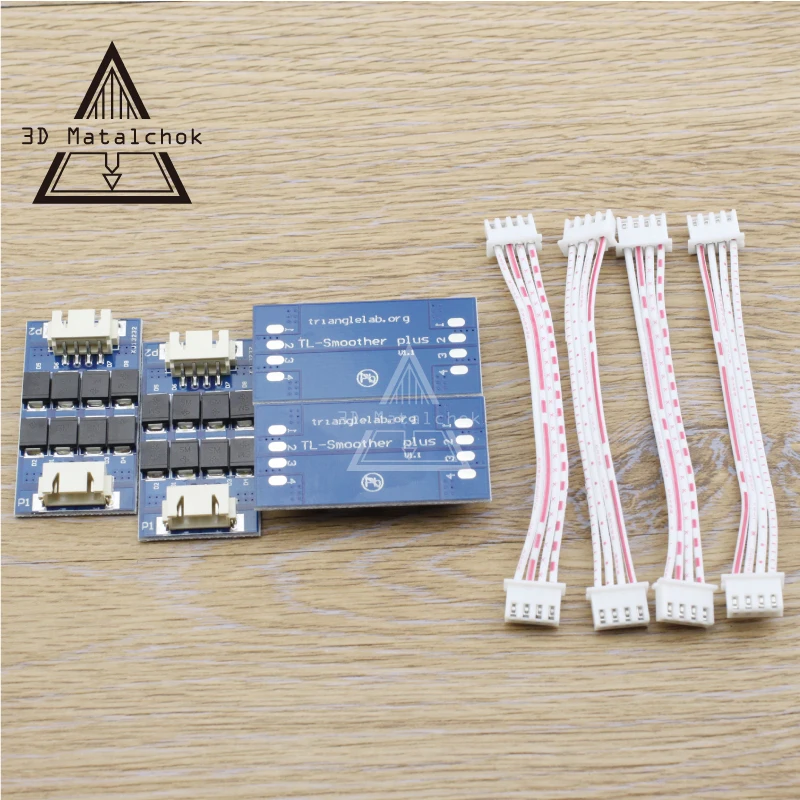 Modifying the motor by offsetting the voltage by 1.4V (the point where no current flow) would allow the dead zone to be bridged. This also happens to be the logic behind the design for smoothers, although it is certainly possible to use different diodes to customize the power losses depending on your particular goal for the motor.
Modifying the motor by offsetting the voltage by 1.4V (the point where no current flow) would allow the dead zone to be bridged. This also happens to be the logic behind the design for smoothers, although it is certainly possible to use different diodes to customize the power losses depending on your particular goal for the motor.
Debugging signal problems in a 3D printer can be a huge headache, but it’s also gratifying to understand why microstepping occurs from current analysis.
[Thanks Keith O for the tip!]
TL Smoothers in 3D Printers – Everything You Need to Know
3D Insider is ad supported and earns money from clicks, commissions from sales, and other ways.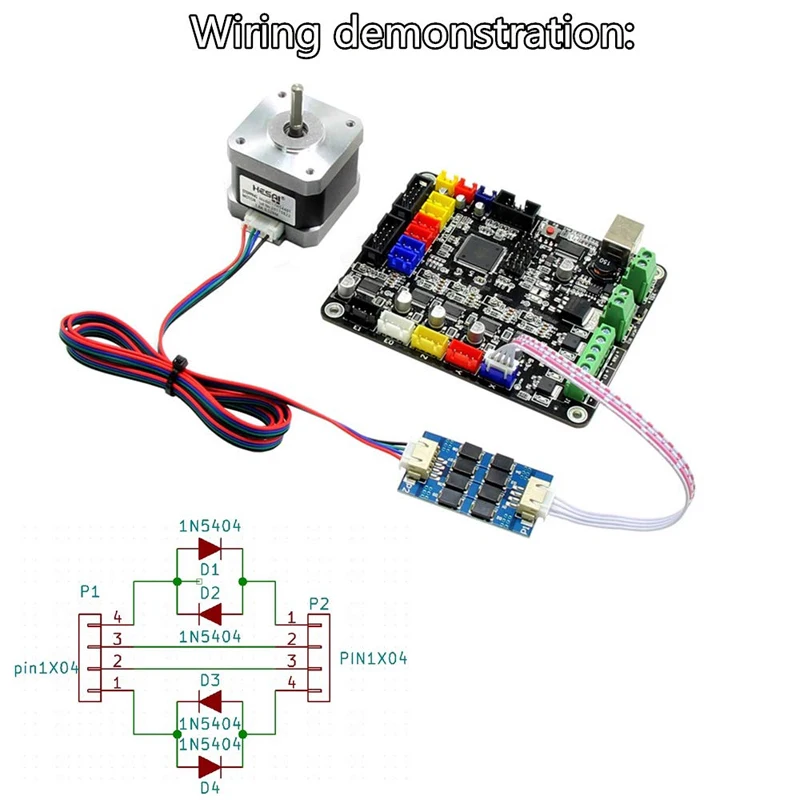
A perfectly smooth surface is one of the goals in 3D printing that is most difficult to achieve. Even with perfect settings, a 3D-printed outer shell often comes out with artifacts such as salmon skin or zebra stripes.
While these imperfections can be remedied in post-processing, some users would prefer that they not manifest at all. One way to do this is to use an extra accessory called a TL smoother. What exactly is a TL smoother and how does it work? Should you have it in your 3D printer? Check out our detailed breakdown on TL smoothers.
What is a TL smoother?
TL smoothers are not very commonly used, even for 3D printing enthusiasts. This may create an impression that they are a sophisticated piece of hardware that is difficult to use. In reality, a TL smoother is just a small printed circuit board (PCB) that plugs between the stepper driver and stepper motor.
One of the most appealing things about TL smoothers is the fact that they are incredibly cheap and easy to install in any standard 3D printer. As we shall see later on, the underlying circuit of a TL smoother is so simple that users can just DIY them.
As we shall see later on, the underlying circuit of a TL smoother is so simple that users can just DIY them.
There is no clear consensus on exactly what the “TL” in TL smoothers stand for. All we know is that the fundamentals of TL smoothers came from a blog post by user Schrodinger Z back in 2015 about the jerky movement of stepper motors. Since then, TL smoothers have become more easily available, although more recent developments in stepper driver design have made them less relevant.
How does a TL smoother work?
As you would expect, the primary objective of a TL smoother is to help smooth out the outer shell of a 3D print. This is done by correcting a design flaw of the DRV8825 stepper drivers – one that user Schrodinger Z identified in their blog post.
There were a couple of areas of improvement in the DRB8825 drivers. The first is that the sine wave of the driver was more stepped than smooth. Another is that the driver had a low voltage supply, preventing it from moving the motor when the target speed was less than 100 mm per minute.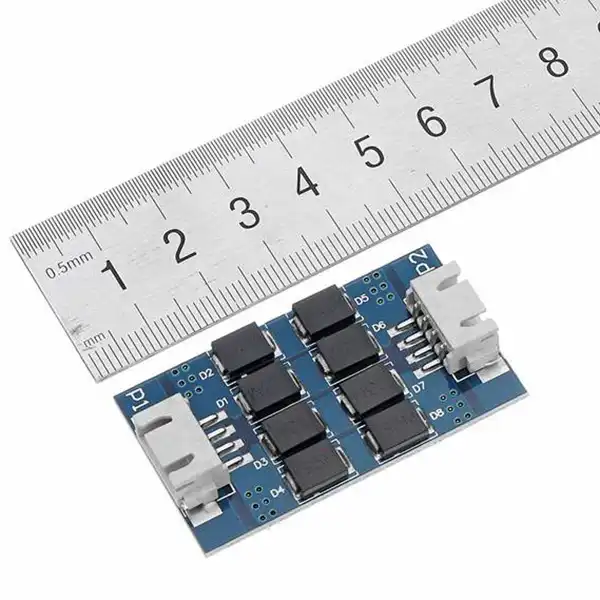
Further analysis revealed that the driver had a “dead zone,” which meant that it could not output signals at lower currents. This sudden drop disrupts the smooth signal curve of the driver, creating the characteristic stepped profile.
The circuit of the TL smoother bridged the gap of this dead zone. This forced the stepper driver to output more current when the motor is supposed to be moving at slow speeds. By bridging the dead zone, it also created a smoother signal profile – more akin to the ideal sine wave signal.
Many TL smoothers are advertised as providing electrical dampening to the driver signals, thereby allowing motors to operate more smoothly. This is not the ultimate goal of TL smoothers but is a nice side effect.
Should you use a TL smoother?
From this brief discussion, we already know the purpose of a TL smoother – to address the design flaws of the DRV8825 stepper driver. If your 3D printer has this type of driver, then you will almost certainly benefit from having a TL smoother.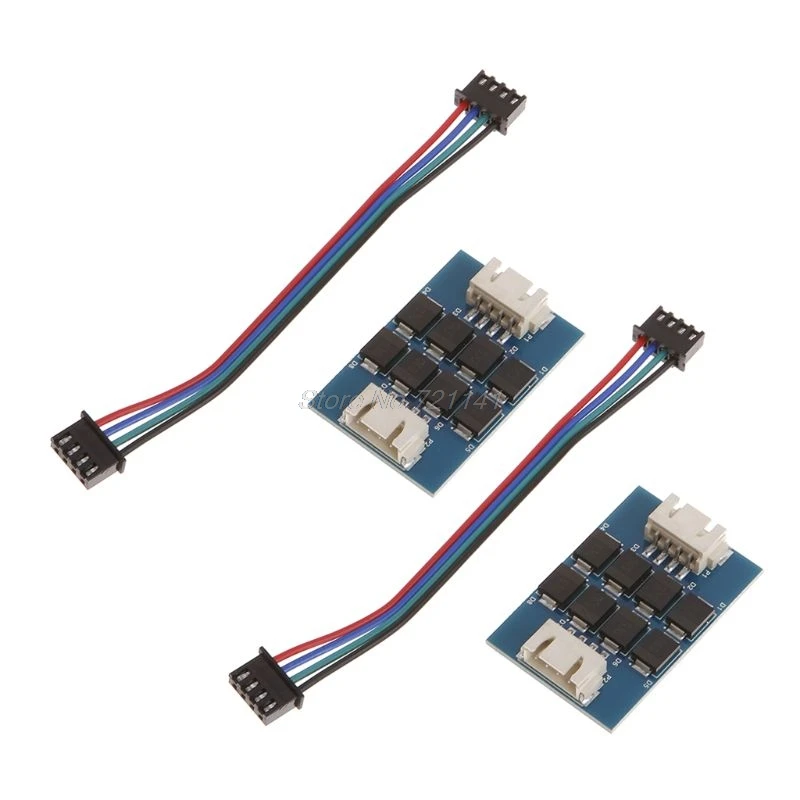 Results may still vary based on the power supply of your 3D printer, but there should still be improvements in surface quality regardless.
Results may still vary based on the power supply of your 3D printer, but there should still be improvements in surface quality regardless.
For other stepper drivers, the benefits of having a TL smoother will be much less pronounced. You might still have quality improvements if your driver has the same design flaws as the DRV8825. You are more likely to benefit from the electrical dampening effect of a TL smoother. This should make your stepper motors quieter, even if only by a small amount.
It’s worth mentioning that some stepper drivers have already been designed to address all the flaws of DRV8825. A notable example of this is the Trinamic motor driver that uses active current monitoring to optimize current control during fast decay time. In this case, having a TL smoother does not generate any tangible benefits, merely increasing heat generation and reducing efficiency.
Take note that not all surface imperfections can be resolved by the use of a TL smoother. Artifacts such as ghosting, ringing, or misaligned layers can be caused by excess vibrations in the frame of the 3D printer. The remedy to this is often more fundamental in nature – reducing the movement speed of the print head, tightening the suspension underneath the print bed, or making sure that the frame of the printer has been assembled properly
The remedy to this is often more fundamental in nature – reducing the movement speed of the print head, tightening the suspension underneath the print bed, or making sure that the frame of the printer has been assembled properly
Where to buy TL smoothers
The great thing about TL smoothers is that they are based on such simple circuitry, making them both cheap and easy to implement. Even if you’re not certain if you can benefit from a TL smoother, they are also so incredibly inexpensive that there is practically no risk in buying one.
Good options include the ARQQ TL Smoother and Zeelo TL Smoother kits. Both these kits include three PCBs and cost less than $10. These are both 8-diode variants that have been described as providing better smoothing performance.
Conversely, you can make your own TL smoother using the original circuit design by Schrodinger Z. You will need a few circuit components – a prototyping board, four diodes, connectors for your stepper motors, and some wires.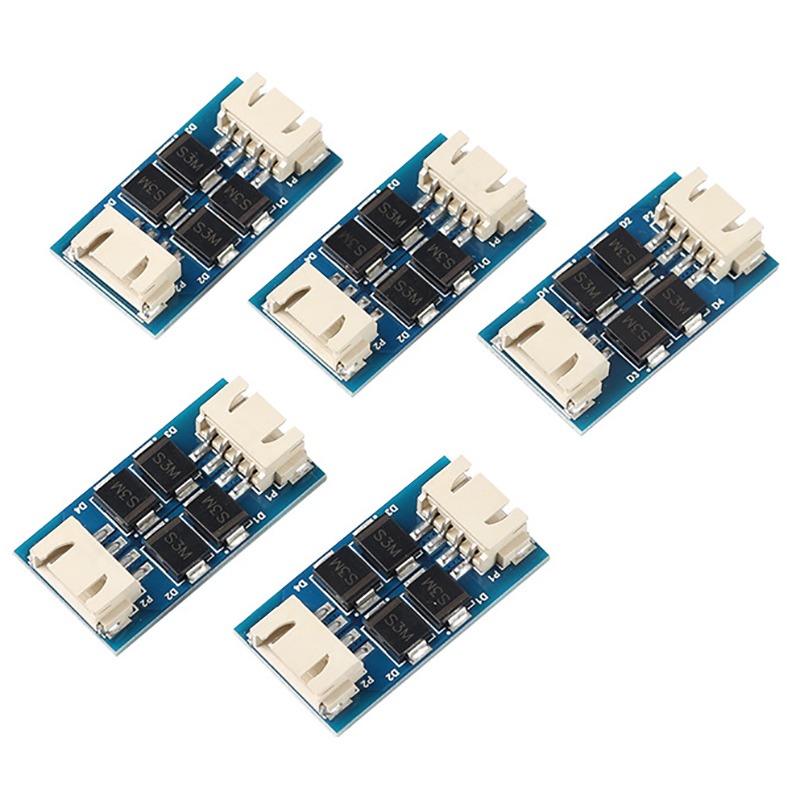 Just follow the circuit diagram but it’s better if the connectors and diodes are soldered in place.
Just follow the circuit diagram but it’s better if the connectors and diodes are soldered in place.
To prevent damage to the PCB, it’s best to wrap it with some insulation material such as plastic shrink wrap or electrical tape.
Final thoughts
The TL smoother is somewhat of an artifact of the past era of 3D printing. It is just one of many examples of the 3D printing community stepping up to address the gaps of existing technology. Despite being based on such a simple circuit design, lots of 3D printing users have benefitted from the use of Tl smoothers.
Warning; 3D printers should never be left unattended. They can pose a firesafety hazard.
90,000 TL-SMOOTER module for a 3D printer (ID 66033070)Characteristics and description
-
-
Color
Black
- 9000
TL-Smoother module for 3D printer smoothes and filters noise, eliminates uneven wave signal fed to the stepper motor.
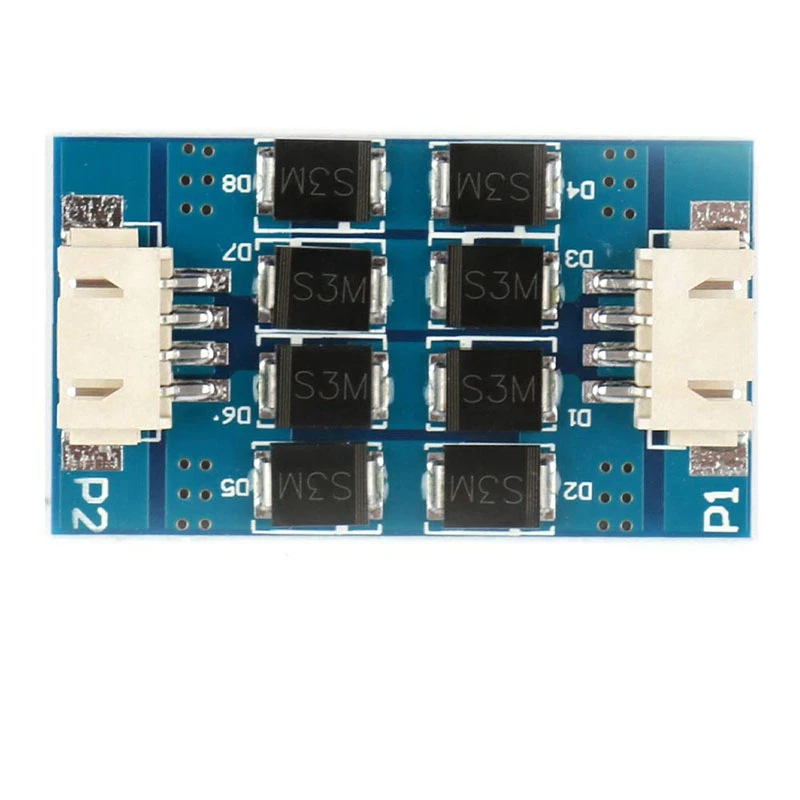 Especially relevant for delta 3D printers.
Especially relevant for delta 3D printers. TL-Smoother comes with wires for connection.
Attention! (The characteristics and appearance of the goods may differ from the description presented on the site)
Was online: 14.12
Seller Online store of robotics and radio components SmartParts.kz
3 years on Satu.kz
Atyrau. Seller Online store of robotics and radio components SmartParts.kz
Was online: 14.12
Available
10+ bought
from
500
Tg.
from
1000
Tg.
Discount another 5 days
Wholesale prices
-
SATU Protects
Delivery
Payment and Warranty
We buy
spare parts and components
Computer hardware
Consumable materials for 3D devices
Accessories for mobile phones
Coilers and cooling systems
Accessories for photo-, video cameras
Computer accessories
Accessories for TV and projectors
Game set -bs and components 9000 Cables for electronics
RC toys
Construction sets
Accessories for mobile phones
Printers, scanners, MFPs and components
ATV
power supply for computers
Chargers for portable technology
Memory Maps
TOP Tags
Tepecyidal nuts
PINTER PRICE PRICE PRICE PRIVE table
3D pen video
Model 3D printer
Exhaust gas afterburning system
TL-Smoother module for 3D printer and other products in the category Spare parts and components for 3D devices are available in the catalog of Satu kz online store in Kazakhstan at low prices prices.
 There are more than 12 million products from thousands of sellers in the satu.kz catalog. On the site you will find advantageous offers, check out with detailed specifications and descriptions, as well as reviews of this product in order to make the right selection and order goods online. Buy items such as the TL-Smoother Module for a 3D printer in the Satu Kz online store, after checking their availability with the seller. You can receive the goods in Kazakhstan in a way convenient for you, for this, read the delivery information and pickup at checkout. Also, satu.kz provides a Buyer Protection Program, which provides an opportunity to receive compensation in the amount of up to 50,000 tenge for buyers whose orders were paid for but not shipped by the seller.
There are more than 12 million products from thousands of sellers in the satu.kz catalog. On the site you will find advantageous offers, check out with detailed specifications and descriptions, as well as reviews of this product in order to make the right selection and order goods online. Buy items such as the TL-Smoother Module for a 3D printer in the Satu Kz online store, after checking their availability with the seller. You can receive the goods in Kazakhstan in a way convenient for you, for this, read the delivery information and pickup at checkout. Also, satu.kz provides a Buyer Protection Program, which provides an opportunity to receive compensation in the amount of up to 50,000 tenge for buyers whose orders were paid for but not shipped by the seller. How comfortable is
on satu?Free 3D file TL- Softer mount for 20mm profile・3D printing template to download・Cults
The best files for 3D printers in the Tools category
Trillium Filament Spool
Free
Pegstr - Pegboard Wizard
Free
The DoBu: a door opener and button pusher
Free
Ski binder
3 €
Multi-Color Miniature Laptop
Free
CAN HANDLE (STANDARD AND TALL BOY)
Free
Skull Mold
Free
Cat Litter Scoop
Free
Bestsellers in the Tools category
SUPERBOX
1,50 €
Display holder FLSUN v400
€9.-fifty% 4.99 € 99
99 Paint stand with scissors
5.17 €
Ender 3 Briss fang Gen2, red lizard, spider, nf crazy, dragonfly, etc.
1.73 €
3D printed wave transmission (harmonic drive)
4.99 €
Phone holder
2.42 €
well designed: Hemera 9 fan duct0084
€2.50
Tool holder for 3D printer V3.0
1.03 €
Bambu AMS Stand for placement raised 2nd block behind
1.15 €
Bit holder Spartan 4 mm Hex
1,80 €
Cooling system Minimus Hotend
2.
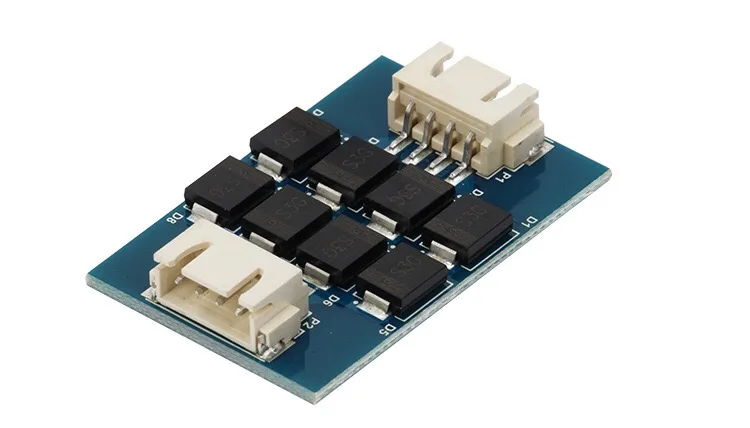 32 €
32 € Shrek Pooping Toothpaste Topper
2.81 €
Ender 3, 3 V2, 3 pro, 3 max, dual 40mm axial fan hot end duct / fang. CR-10, Micro Swiss direct drive and bowden compatible. No support required for printing
1.56 €
PET-Machine, make your own plastic bottle filament at home!
15 €
209 Flash Bang / Ukrainian Hot Potato
0.94 €
Cut-Man - PET bottle cutter with handle!
€3.49
Do you want to support Cults?
Do you like Cults and want to help us continue our journey on our own ? Please note that we are a small team of 3 people , so support us in keeping the activity going and making future designs is very easy.
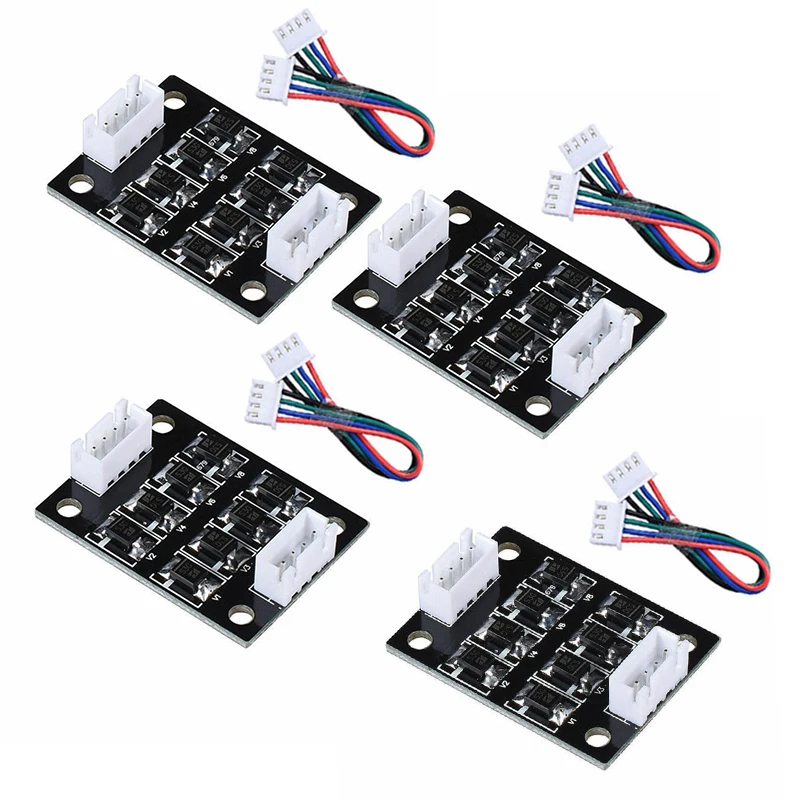
-



